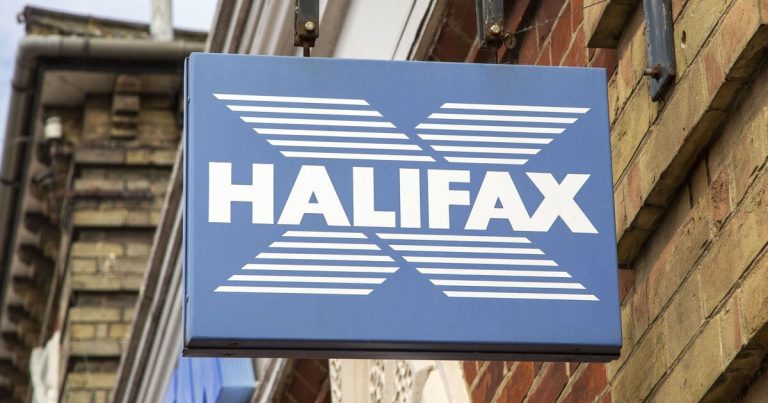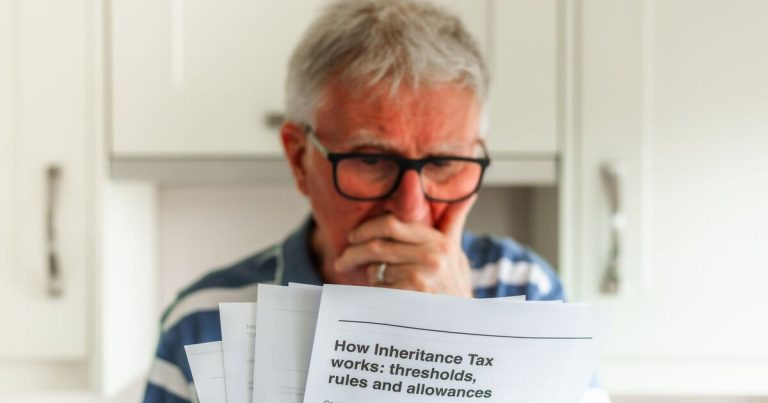
Chancellor Jeremy Hunt has confirmed the National Living Wage will rise from £10.40 an hour to over £11.
As the cost of living continues to cause financial pressure on millions of families, this pay rise could make all the difference.
The National Living Wage (NLW) will rise to two-thirds of average earnings, in line with Chancellor Jeremy Hunt’s commitment to the recommendations of the Low Pay Commission (LPC).
The latest forecasts show the annual earnings of a full-time worker on the National Living Wage will increase by over £1,000 next year.
The NLW provides the minimum hourly pay rate that can ensure a basic living standard for workers aged 23 and over.
It is designed to help reduce rates of in-work poverty and “incentivise work”.
The rates which workers are paid – both for the National Living Wage and National Minimum Wage – are decided each year by the Government and are based on the advice of the independent advisory group LPC.
How much people earn over the course of the year is dependent on how many hours are worked and how much they are taxed – so people would receive less if they worked fewer hours one month.
The NLW was introduced in 2016 and now covers anyone aged 23 and over (lowered from 25 and over in April 2021).
Initially, the target was to reach 60 percent of national median earnings by 2020. Having achieved that, the government set a new target to hit two thirds of median earnings by 2024.
The LPC has projected that workers would need to be paid between £10.90 and £11.43 to reach the two-thirds target. A central estimate has been given of £11.16. They are also thought to recommend that the age threshold be lowered from 23 to 21 years of age from next year.
If the NLW increases from £10.42 to £11.16 in April 2024, then it will represent a 6.9 percent increase which is currently above inflation – which stands at 6.7 percent.
The rate for the National Living Wage changes on April 1 every year. At present, over two million people on low pay are expected to benefit from the rise.
Commenting on the difference the NLW increase will make to workers, Kate Smith, head of pensions at Aegon said: “[The rise] will be welcomed by all UK low earners, putting more money in their pockets, at a time when the cost of living remains high.
“The increase could even be higher once the LPC recommendation is known. This means that those on the NLW will see an increase of at least 5.56 percent.
“This is good news for pension saving too, enabling more employees to build up larger pension pots, as pension contributions tend to be a percentage of how much someone earns.”
The LPC will give its official recommendations in November.
As part of the announcement that the NLW will increase, the Government provided a regional breakdown on those getting a wage boost, including those on the National Minimum Wage:
Region – People on NLW
- North East – 130,000
- North West – 300,000
- Yorkshire & Humber – 310,000
- East Midlands – 200,000
- West Midlands – 270,000
- South West – 200,000
- East – 220,000
- London – 200,000
- South East – 280,000
- Wales – 120,000
- Scotland – 180,000
- Northern Ireland – 130,000
- Total 2,540,000
Alongside the National Living Wage, the National Minimum Wage will also increase from April 1 – however, these figures have yet to be announced.
The National Minimum Wage is the rate businesses pay those under the age of 23.
The amount someone gets depends on their age. This means workers are paid less the younger they are.







